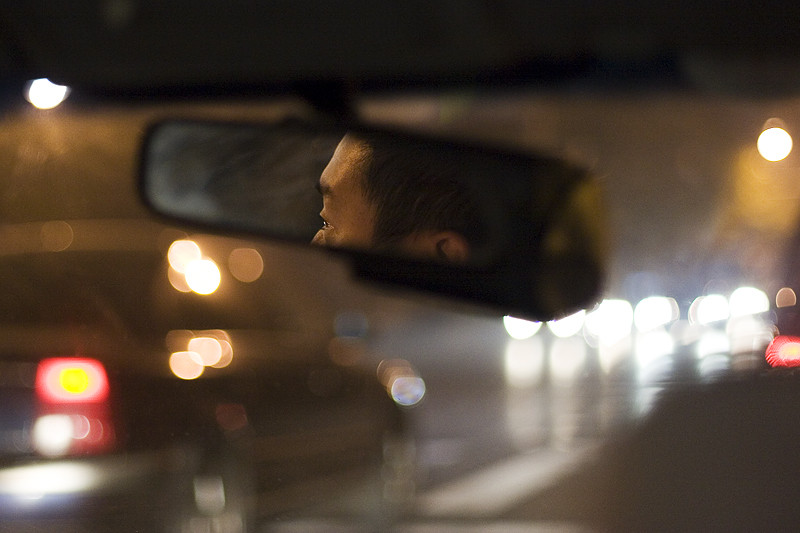Uber in China: A Driver’s View

China’s major cities are seeing fierce competition for drivers to join ridehailing platforms like Uber and China’s homegrown leader, Didi Kuadi. I just spent a few weeks in China using the “People’s Uber” service, the cheapest Uber service that uses private cars, and interviewed 10-12 Uber drivers in Beijing and Shenzhen. Even though these services are currently illegal, it’s easy to find an Uber just a few minutes away in both cities. And the U.S. version of the app works shockingly well in China.
Here’s what I learned from talking with Uber drivers and regular taxi drivers. It may not all be accurate, but it’s a drivers-eye-view of how the company is operating in Beijing and Shenzhen.
- While the first batch of drivers in Beijing were recruited in spring of 2014, Uber ramped up its Beijing campaign in April of this year, which has put many more drivers on the streets. It has offered a number of different arrangements. Currently, Uber is paying drivers a LOT of money. One Beijing driver I talked with is making over 9,000 RMB, or $1500, per week, with more than 75% of it coming from subsidies. For every kilometer, passengers pay 1.5 RMB ($0.25) while Uber subsidizes it with another 2 RMB per kilometer ($0.33). And there’s another subsidy of .25 RMB ($.04) per minute.
- Drivers have a minimum number of rides per week to get the highest subsidies. In Beijing it was 80 rides per week.
- Drivers like Uber because a) there are driver and passenger ratings; and b) they can refuse a rude or drunk passenger. The Chinese apps don’t all have these features.
- Passengers like Uber because a) at least for now, it’s cheaper than the Chinese services; and b) drivers, in search of a 5-star rating, tend to drive more slowly and carefully than traditional taxis.
- Arrests are on the rise. In Beijing, authorities are fining as little as 9,000 RMB ($1500) and as much as 20,000 RMB ($3333). Still, it’s seen as worth the risk since the pay is so high. I couldn’t, however, get an Uber driver to take me to the airport because that was seen as too much of a risk.
- As in the U.S, some drivers are in it for the social experience or, in some cases, because they’re bored or lonely. One driver I spoke to does it for a few hours after he gets off of work, just to have something to do.
- Ridehailing apps are already having a positive affect on traditional taxis, whose drivers are, let’s just say, not known for their courtesy. (Traditional taxi drivers often turn down fares that are too close or in the wrong direction from wherever it is they want to go.)
It seems like drivers are taking a wait-and-see attitude about regulation and trying to make as much money as they can. At the same time, Uber is reducing its subsidies as it gains more drivers. In other words, the risks are rising while the rewards are falling… for now.
This article is licensed under a Creative Commons Attribution-NonCommercial 4.0 International License.
One Beijing driver, after we had used my phone for navigation, physically took the phone and gave himself 5 stars. I would have given him 4 for a missed turn that cost several minutes.
Graham, they get lower subsidies if they get lower ratings.